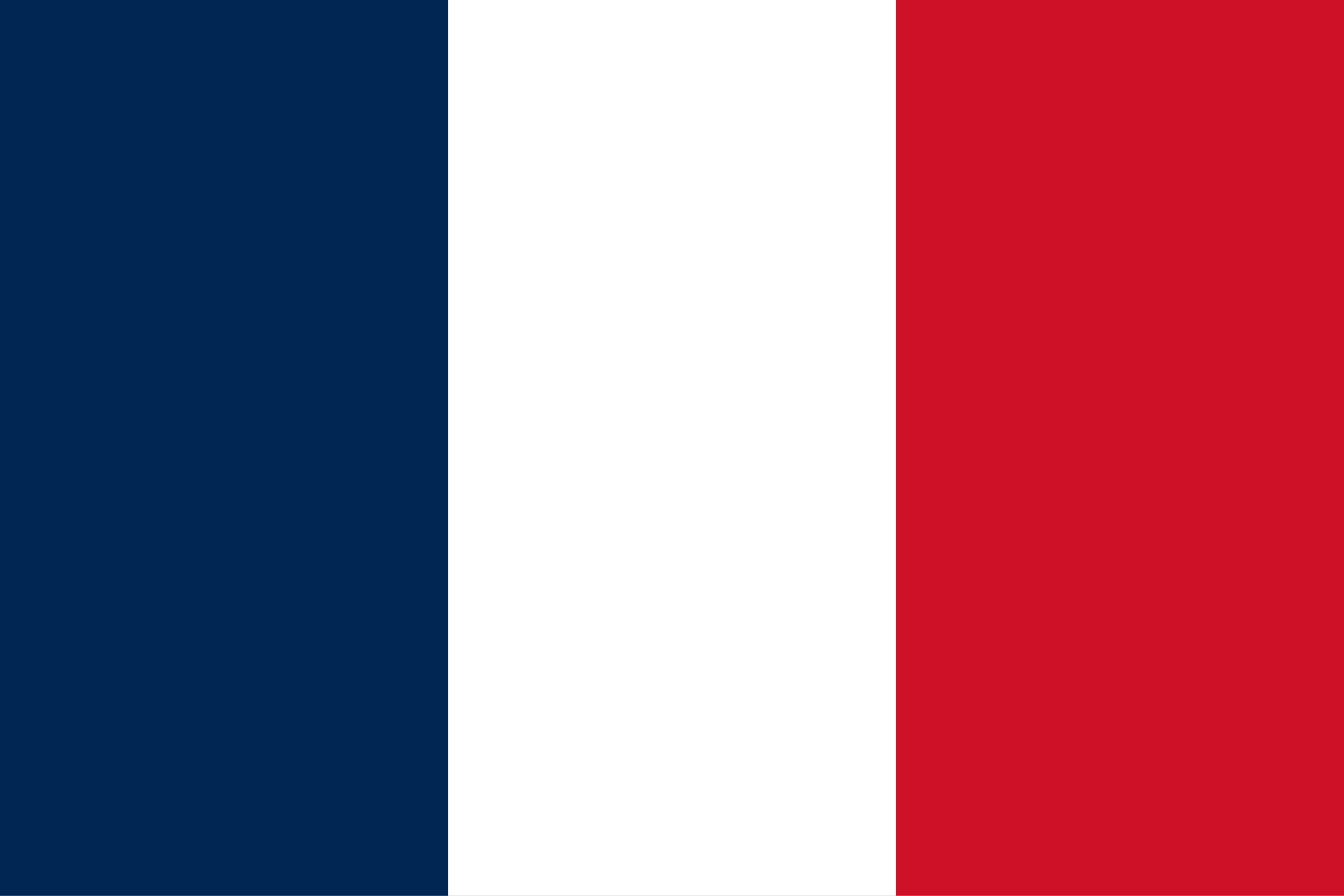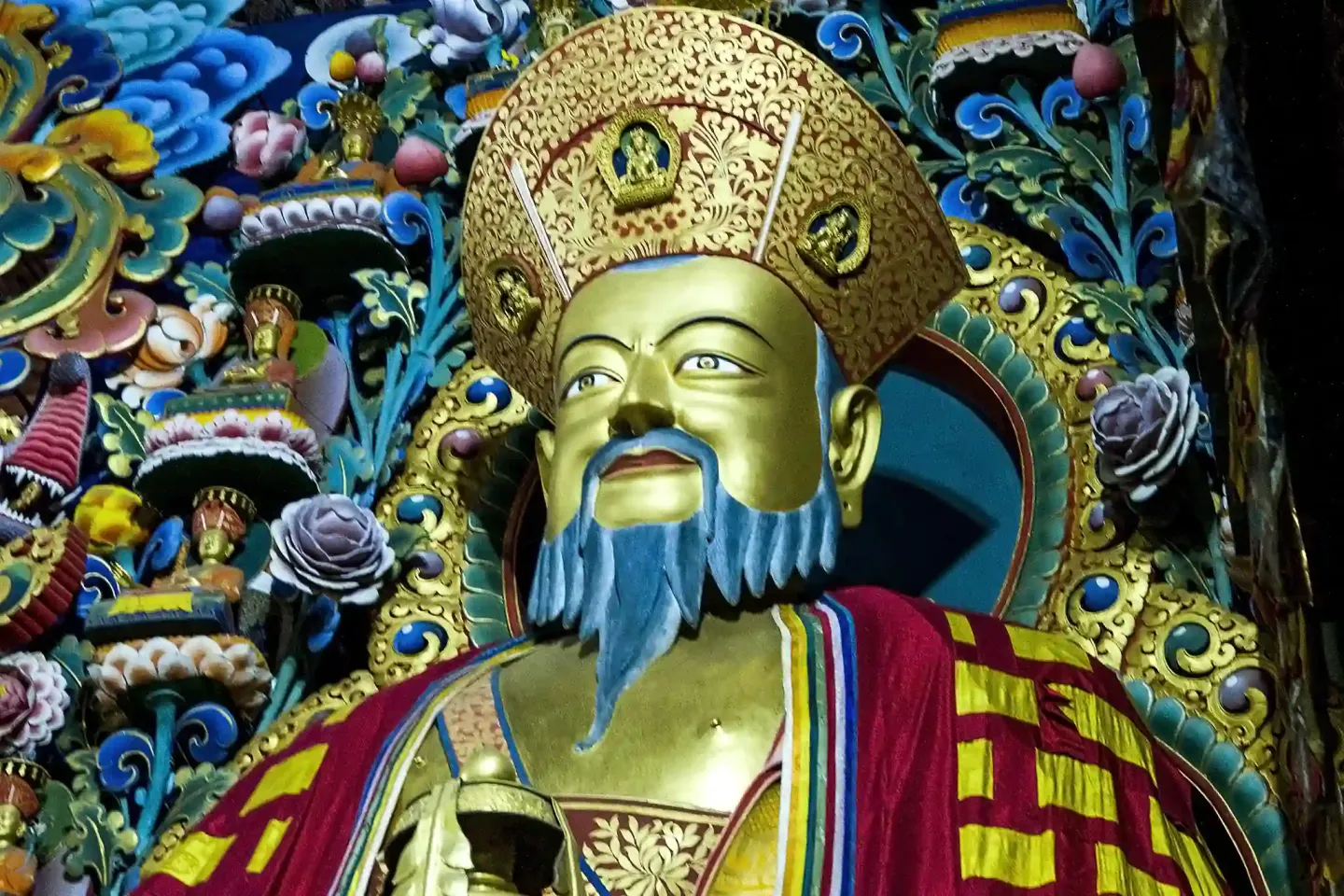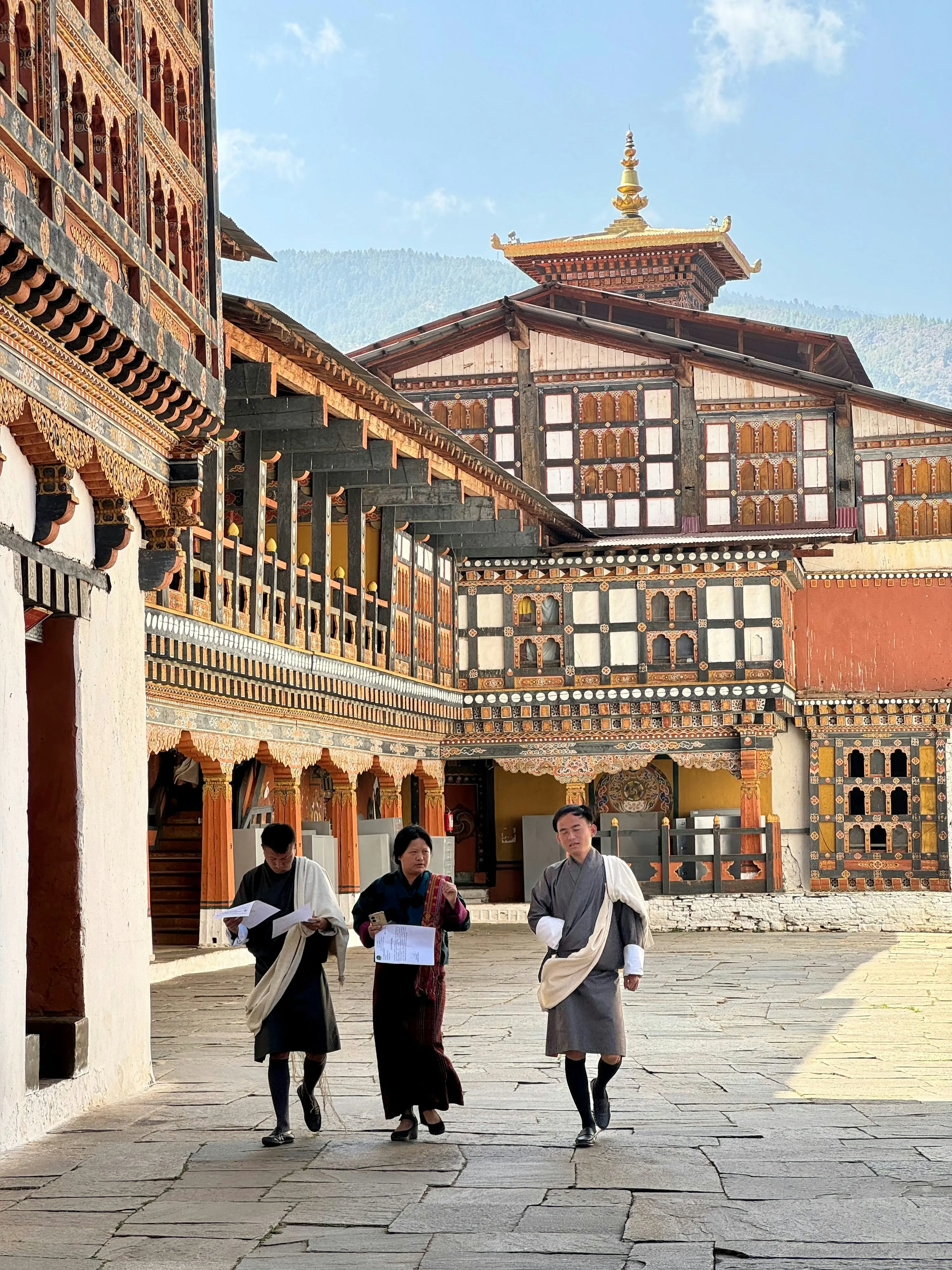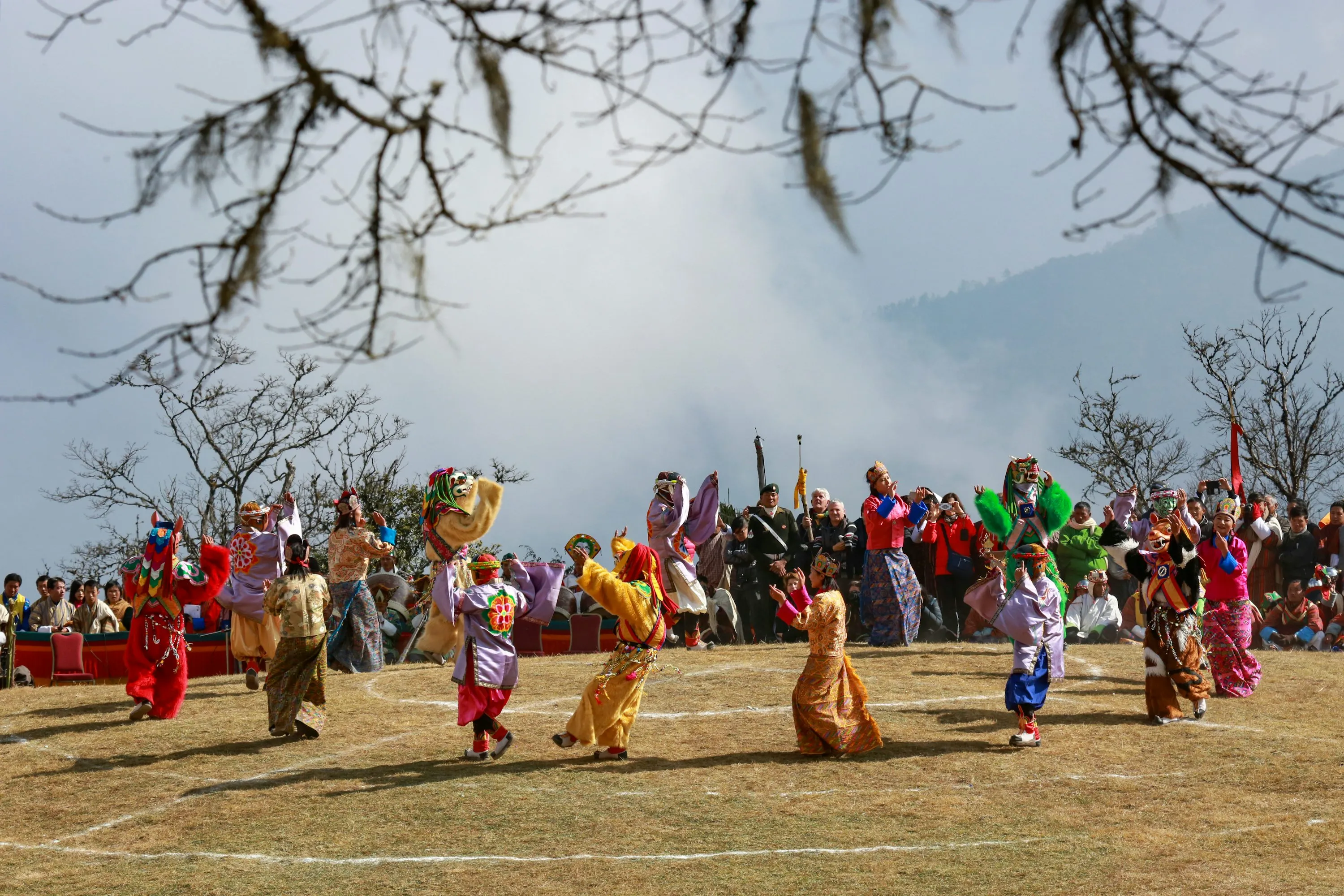Nestled in the heart of the Eastern Himalayas, Bhutan emerges as a captivating destination that blends pristine natural beauty with profound cultural heritage, offering French travelers an unparalleled escape from the familiar landscapes of Europe. Often referred to as the "Land of the Thunder Dragon," Bhutan is a small kingdom where ancient traditions thrive amidst towering mountains, lush valleys, and sacred monasteries, providing a stark contrast to the bustling urban sophistication of France. While France boasts iconic landmarks like the Eiffel Tower and the Loire Valley chateaus, Bhutan invites visitors to discover its own architectural wonders, such as the majestic Tiger's Nest Monastery perched precariously on a cliffside, emphasizing spiritual serenity over monumental grandeur. The relationship between France and Bhutan, though not marked by formal diplomatic ties due to Bhutan's selective international engagements, has been nurtured through cultural exchanges, educational collaborations, and mutual admiration for each other's commitment to preserving heritage—France with its UNESCO sites and Bhutan with its Gross National Happiness philosophy. French travelers, accustomed to the refined elegance of Parisian cafes and the Mediterranean climate, will find Bhutan's rugged terrain and temperate weather a refreshing challenge, encouraging a deeper connection with nature and self-reflection. This guide, crafted by an experienced Bhutanese travel consultant, aims to equip you with the knowledge to navigate this enchanting kingdom respectfully and enjoyably, ensuring your journey transcends typical tourism to become a transformative experience that highlights the shared human values of joy, sustainability, and cultural depth between our two nations.

Visa and Entry Requirements
Bhutan's tourism is governed by a controlled policy designed to preserve its environment and culture, mandating that all foreign visitors, including French citizens, must book their trips through licensed Bhutanese tour operators. This approach ensures that tourism remains sustainable and benefits local communities directly. For French travelers, obtaining a visa is a straightforward process handled primarily by your chosen tour operator. You will need to provide a scanned copy of your passport, valid for at least six months beyond your intended stay, along with a recent passport-sized photo. The tour operator submits these documents to the Tourism Council of Bhutan on your behalf, typically two to four weeks before your arrival. Once approved, an eVisa is issued, costing $40 per person, which is stamped into your passport upon arrival at Paro International Airport or designated land borders. Payment for the tour package, which includes the visa fee, must be made in advance via bank transfer, as this secures the visa clearance. A key component of entry is the Sustainable Development Fee (SDF), currently set at $100 per person per night for adults, with reductions to $50 for children aged 6-11 and free for those under 6, effective until September 2027. This fee funds environmental conservation, education, and healthcare, directly impacting the overall cost of your trip by adding a structured daily expense that promotes high-value, low-impact tourism. French travelers should note that without a pre-booked tour and paid SDF, entry will be denied, so plan accordingly to avoid any disruptions.
Travel Routes from France to Bhutan
Reaching Bhutan from France involves an international journey with no direct flights, requiring transits through key Asian hubs, but the adventure begins the moment you board your plane. From major French cities like Paris, Lyon, or Marseille, you can fly to transit points such as Delhi in India, Bangkok in Thailand, or Kathmandu in Nepal, using airlines like Air France, Lufthansa, or Qatar Airways for the initial leg. From these hubs, only two Bhutanese carriers—Druk Air (Royal Bhutan Airlines) and Bhutan Airlines—operate flights into Paro International Airport, Bhutan's sole international gateway, with routes limited to about seven cities regionally. For instance, a common route from Paris Charles de Gaulle might involve a flight to Delhi with Air India, followed by a Druk Air connection to Paro, totaling around 12-15 hours including layovers. Paro Airport is renowned for its challenging approach, surrounded by steep mountains, which means flights are daylight-only and subject to weather conditions; delays or cancellations due to fog, rain, or wind are not uncommon, especially during monsoon season. Travelers should book flights through their tour operator to ensure coordination, and aim for flexible schedules with buffer days. Realistic expectations include advance booking at least three months ahead for peak seasons, with economy fares ranging from €800-€1500 round-trip from France, and preparing for the thrill of one of the world's most dramatic landings, where skilled pilots navigate tight valleys to deliver you safely into Bhutan's embrace.
Best Time to Visit and Seasonality
Bhutan's climate is as diverse as its landscapes, divided into four distinct seasons that profoundly influence travel experiences, from blooming valleys to snow-capped peaks, making timing crucial for French visitors seeking optimal conditions. Spring, from March to May, brings mild temperatures averaging 10-20°C in lower altitudes, with rhododendrons and jacarandas painting the hillsides in vibrant hues, ideal for trekking and sightseeing without extreme cold; however, occasional showers can occur. Summer, June to August, ushers in the monsoon, with heavy rains leading to lush greenery but also landslides and flight disruptions, deterring most tourists except those interested in birdwatching or quieter visits. Autumn, September to November, is widely regarded as the prime season, offering clear skies, crisp air at 5-15°C, and minimal rainfall, perfect for festivals like the Thimphu Tshechu, where colorful mask dances celebrate Buddhist heritage amid moderate crowds. Winter, December to February, features dry, sunny days but chilly nights dropping below freezing in higher areas, suitable for cultural explorations in the west with fewer visitors and potential snow views. For French travelers accustomed to temperate European weather, autumn or spring are recommended to avoid monsoon inconveniences and enjoy comfortable hiking, with lower crowd levels in shoulder months like March or November enhancing the intimate cultural immersion that Bhutan offers.
Money, Costs, and Payment Methods
Navigating finances in Bhutan requires understanding its currency system and limited infrastructure, ensuring French travelers can focus on experiences rather than monetary hassles. The official currency is the Bhutanese Ngultrum (BTN), pegged 1:1 to the Indian Rupee (INR), which is also widely accepted; exchanging Euros directly is rare, so carrying US Dollars for conversion at banks or airports is advisable, with rates favorable for clean, post-2006 bills. ATMs are available in major towns like Thimphu and Paro, accepting Visa and Mastercard with daily limits around BTN 20,000 (about €200), but reliability varies in remote areas, so withdraw cash early. Credit cards are accepted at larger hotels and shops, though a 3-5% surcharge may apply, and cash remains king for small vendors. Tour packages typically cover accommodations, meals, transport, guides, and entry fees, with daily costs starting at $250 per person including SDF, but extras like alcoholic drinks, tips (suggested $10-15 per day for guides), souvenirs, and personal expenses add up. French visitors should budget an additional €50-100 daily for these, noting that Bhutan's emphasis on inclusive tours minimizes unexpected costs while supporting local economies.
Health, Safety, and Travel Insurance
Health and safety in Bhutan prioritize prevention amid its remote, high-altitude setting, where French travelers must prepare for unique challenges to ensure a worry-free journey. Altitude sickness is a primary concern, with symptoms like headaches and nausea possible above 2,500 meters; acclimatization through gradual ascents and hydration is key. Recommended vaccinations include Hepatitis A, Typhoid, and Tetanus, with consultations from a travel clinic advised four to six weeks prior; no mandatory shots exist, but rabies pre-exposure is wise due to stray dogs. Medical facilities are basic outside Thimphu, so comprehensive travel insurance covering emergency evacuation—often by helicopter—is essential, as costs can exceed €10,000. Bhutan boasts exceptional safety with low crime rates, rooted in Buddhist values, but minor risks include uneven paths, wildlife, and road accidents on winding routes. French explorers, used to advanced European healthcare, should carry personal medications and embrace Bhutan's peaceful ambiance, knowing that insurance provides a safety net for unforeseen events.
Cultural Etiquette and Social Expectations
Immersing in Bhutan's culture demands respectful adaptation, where French travelers can bridge their expressive heritage with Bhutanese humility for harmonious interactions. Modesty is paramount: dress conservatively in temples and monasteries, covering shoulders and knees, and remove hats and shoes before entering sacred spaces, turning prayer wheels clockwise with the right hand. Socially, greet with "Kuzuzangpo la" and a slight bow, accepting items with both hands or the right, avoiding the left as it's considered impure. Patience and humility shine in daily life—avoid pointing at people or religious icons, speak softly, and refrain from public displays of affection, aligning French passion with Bhutanese restraint. In homes or during festivals, accept offered tea or food graciously, even if just a sip, as refusal can offend hospitality. French visitors might adjust their direct communication style to Bhutan's indirect politeness, fostering deeper connections through genuine curiosity and respect for Buddhist principles that emphasize compassion over confrontation.
Connectivity, SIM Cards, Internet Access
Staying connected in Bhutan balances modern convenience with its serene isolation, allowing French travelers to share moments without detracting from the experience. Wi-Fi is reliably available in most hotels and cafes in urban areas like Thimphu and Paro, often free but with varying speeds suitable for emails and browsing; remote regions may have spotty coverage. For mobile data, purchase a local SIM from B-Mobile or TashiCell at the airport or town outlets, costing around BTN 200-500 with data packages; your tour guide can assist, requiring a passport copy. These provide good 4G in valleys, though mountains limit signals. French apps function normally, but a VPN is useful for any restrictions or security. Embracing occasional disconnection enhances Bhutan's mindful pace, turning connectivity into a tool rather than a necessity.
Language and Communication
Communication in Bhutan revolves around Dzongkha as the national language, but English's prevalence in tourism eases interactions for French travelers. Educated Bhutanese, especially guides and hotel staff, speak fluent English, making it the medium for tours and services. French-speaking guides are available but scarce, often requiring advance requests through operators; most tours default to English, with multilingual options in group settings. For those with limited English, simple gestures, translation apps, or pictorial aids help, while learning basic Dzongkha phrases like "thank you" (Kadinche la) builds rapport. French visitors can draw parallels to their bilingual society, using patience and smiles to overcome barriers, enriching cultural exchanges.
Packing and Preparation Advice
Packing for Bhutan demands versatility to handle its Himalayan variability, where French travelers should prioritize layers and practicality for comfort across altitudes. Essentials include breathable clothing like long pants, shirts, and light jackets for days, plus warm fleeces, down jackets, and hats for chilly evenings or high passes; modest attire is key for cultural sites. Sturdy walking shoes or boots are vital for trails, with sandals for indoors. Personal items: sunscreen, insect repellent, reusable water bottle, and medications for altitude, allergies, or motion sickness, as pharmacies are limited. Power adapters for 230V sockets (types D, G) and a portable charger combat outages. Other considerations: binoculars for wildlife, a flashlight, and eco-friendly toiletries, preparing you for Bhutan's unpredictable weather and emphasizing self-sufficiency.
Bhutan’s Unique Tourism Philosophy
At the core of Bhutan's tourism lies the philosophy of Gross National Happiness (GNH), a holistic approach prioritizing well-being over economic growth, shaping policies that French travelers will appreciate for their emphasis on sustainability. Introduced by the Fourth King in the 1970s, GNH measures progress through psychological wellness, cultural preservation, environmental health, and good governance, leading to cautious tourism that favors quality over quantity. This manifests in limited visitor numbers, mandatory guided tours, and the SDF, ensuring tourism enhances rather than erodes Bhutanese life. French explorers, from a nation valuing quality of life, will understand why Bhutan resists mass development, protecting its forests (over 70% coverage) and traditions from over-modernization, fostering authentic experiences that align with global calls for responsible travel.
Mindset and Expectations for Visitors
Approaching Bhutan with an open mindset transforms potential surprises into delights, as French travelers adjust to its unhurried rhythm contrasting their dynamic lifestyle. Expect a slower pace: services may take time, reflecting mindfulness over efficiency, and infrastructure like winding roads demands patience. Accommodations are cozy, family-run lodges rather than opulent chains, emphasizing warmth over luxury. Absent are nightlife, designer shopping, or fast-paced entertainment; instead, evenings invite stargazing or cultural talks. Focus on nature's grandeur, spiritual depth, and community bonds, where happiness stems from simplicity, helping visitors recalibrate expectations for profound fulfillment.
Food and Dining Culture
Bhutanese cuisine mirrors its rugged terrain and Buddhist ethos, offering French gourmands a spicy, hearty contrast to refined French fare. Staples like red rice accompany dishes heavy on chilies and cheese, such as ema datshi—a fiery stew of chilies in cheese sauce symbolizing national pride. Meats like pork, beef, or yak feature in phaksha paa (pork with radish), while vegetarians enjoy momos (dumplings) or jasha maru (chicken curry). Dining is communal, often seated on floors, with ara (rice wine) or butter tea fostering hospitality. Alcohol is moderate, tea ritualistic, and meals simple yet nourishing, inviting French palates to embrace bold flavors as part of cultural bonding.
Festivals, Religion, and Sacred Places
Religion permeates Bhutanese life, with Mahayana Buddhism guiding festivals and sacred sites that offer French travelers spiritual insights. Tshechus, annual monastery festivals, feature masked dances honoring Guru Rinpoche, drawing communities in vibrant attire for blessings and merriment. Visitors must dress modestly, avoid photography during rituals, and behave reverently at dzongs and temples, circling clockwise and offering small donations. These experiences deepen understanding of Bhutan's devotion, where sacred places like Punakha Dzong embody harmony, enriching journeys with timeless wisdom.
Hidden Challenges and Practical Inconveniences
Bhutan's allure includes subtle challenges that, when embraced, enhance its authenticity for French adventurers. Slow service stems from deliberate living, power outages from remote grids, and itinerary shifts from weather or festivals add spontaneity. Roads are narrow and curvy, testing comfort, yet reveal stunning vistas. Patience transforms these into charms, highlighting Bhutan's unpolished beauty over convenience.
Shopping and Souvenirs
Shopping in Bhutan focuses on artisanal treasures, differing from France's boutiques with authentic, handmade goods. Seek handwoven textiles like kira fabrics, thangka paintings, or bamboo crafts at markets in Thimphu or Paro. Incense, prayer flags, and wooden masks make meaningful souvenirs, with authenticity ensured by government emporiums. Bargaining is minimal and polite, respecting artisans' efforts in a landscape free of malls.
Altitude Awareness and Physical Preparedness
Altitude's effects vary, requiring French travelers to prepare for Bhutan's elevations. Symptoms like dizziness arise above 2,500m; prevent by ascending slowly, hydrating (3-4 liters daily), and avoiding alcohol. Acclimatize in Paro before higher sites, adjust activities if unfit, and consult doctors for medications like acetazolamide, ensuring safe enjoyment of treks.
Security, Safety, and Emergency Information
Bhutan's security is exemplary, with negligible crime allowing carefree exploration. Respect laws against smoking in public or littering. Emergencies: dial 112 for police/medical, or contact your guide. French embassy services via India (New Delhi), with local hospitals adequate for basics. Safety underscores Bhutan's peaceful ethos.
Photography and Drones
Photography in Bhutan captures its essence, but rules protect sanctity: no photos inside temples or of military sites, always ask locals' permission. Drones are prohibited for tourists without special BCAA permits, rarely granted. Respectful imaging preserves harmony.
What Bhutan Does Not Have
Bhutan's absences define its charm: no skyscrapers mar horizons, fast-food chains yield to local eateries, casinos or mega-malls are absent, emphasizing spiritual over material pursuits. This simplicity invites French travelers to savor unadulterated beauty.
Important Questions to Ask Before Booking a Tour
Before committing to a Bhutanese tour operator, French travelers should inquire thoughtfully to tailor their experience. Ask about the guide's language proficiency—do they offer French-speaking options, or is English standard with potential translators? Clarify inclusions: what accommodations range from boutique hotels to homestays, and how flexible is the itinerary for personal interests like hiking or festivals? Inquire about meal provisions, including vegetarian or allergy accommodations, and whether local cuisine adaptations are possible. For emergencies, confirm protocols, insurance requirements, and medical support access. Probe SIM card arrangements—will the operator assist in purchasing and setting up local data? Discuss tipping customs, typically $10-15 daily for guides and drivers, and any cultural training provided. These questions ensure alignment with your preferences, fostering a seamless, enriching adventure.
Conclusion
In reflection, Bhutan stands as a rare sanctuary for French travelers yearning for authenticity amid a world of commercialization, where the pursuit of Gross National Happiness invites introspection amid breathtaking landscapes and timeless traditions. This kingdom offers not just a vacation but a pathway to spiritual peace and cultural depth, rewarding those who venture with open hearts and minds, leaving indelible memories of a place where happiness truly reigns supreme.













